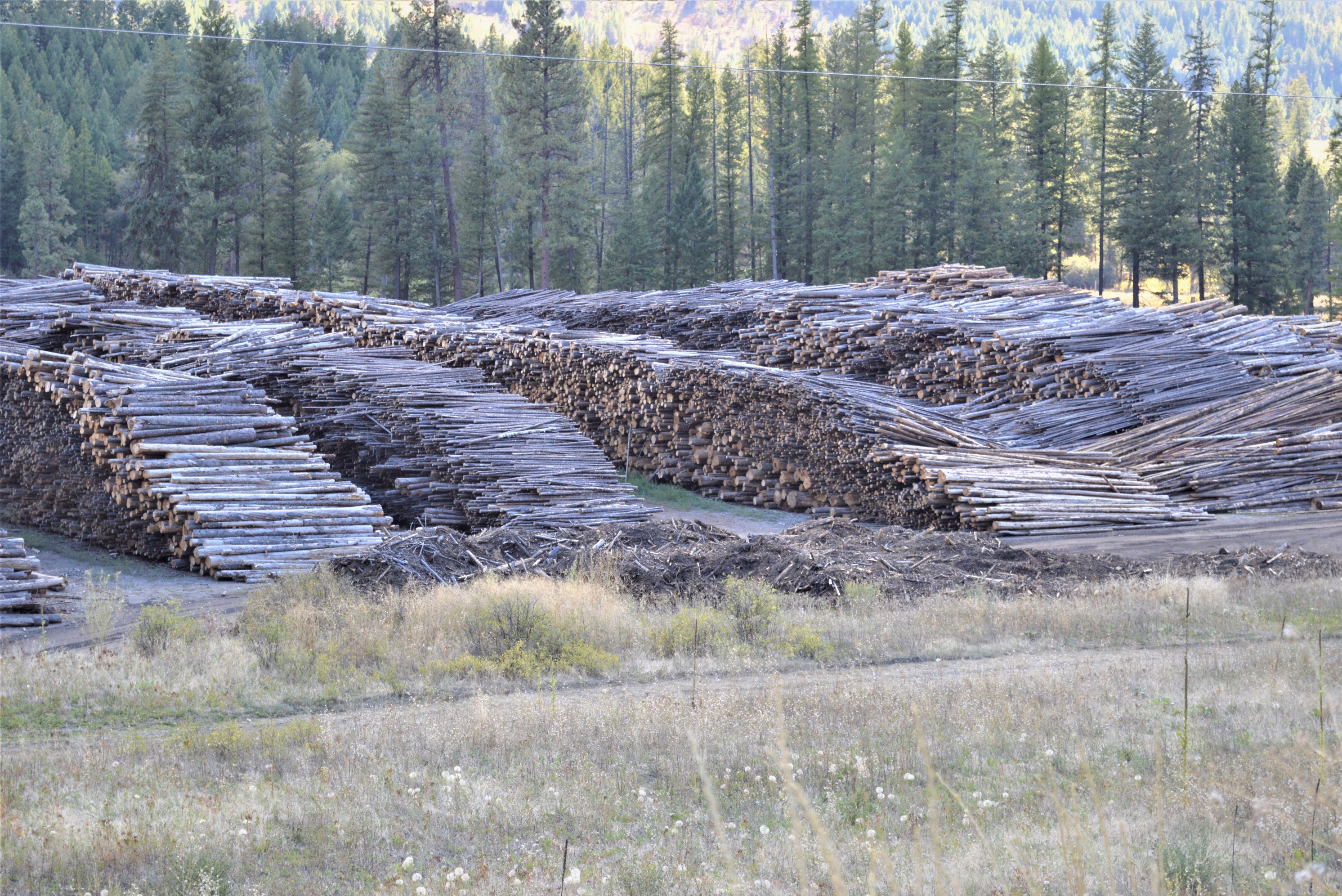Residual Fibre Utilization Operational Support
Biomass Inventories by Timber Supply Area
FPInnovations has completed reports for a number of Timber Supply Areas that provide estimates of recoverable fibre (biomass) that could be available for roadside comminution (ground into chips) at various cost thresholds.
Biomass inventories are available for the following Timber Supply Areas:
- 100 Mile House TSA - 2018 (PDF, 4.3MB)
- Arrow, Boundary & Kootenay Lake TSAs - 2019 (PDF, 5MB)
- Arrowsmith TSA - 2018 (PDF, 2.1 MB)
- Bulkley TSA - 2017 (PDF, 3.2MB)
- Fraser TSA - 2018 (PDF, 2.9MB)
- Kamloops TSA - 2018 (PDF, 3.2MB)
- Lake TSA - 2018 (PDF, 2.3MB)
- Mackenzie TSA - 2018 (PDF, 2.4 MB)
- Prince George TSA - 2018 (PDF, 2.5MB)
- Quesnel TSA - 2018 (PDF, 2.9MB)
- Strathcona TSA - 2018 (PDF, 1.7MB)
- Williams Lake TSA - 2018 (PDF, 2.2MB)
Additional reports will be posted on this site as they are completed.
Biomass Delivered Cost Estimates (District Maps)
FPInnovations has developed a number of maps by resource district that outline the cost for delivering biomass. The costs include grinding the residual fibre into hog fuel on site and transportation to the nearest processing facility.
Additional district maps will be posted to this site as they are completed.
BiOS
BiOS is a free App created by FPInnovations that is designed to calculate the volume of available roadside residue in a cutblock. The App is currently only available for tablets and can be downloaded by typing ‘FPInnovations’ into either the Google Play or Apple Store.
Handling Roadside Residual Fibre
Traditionally, logging residue was piled into conical piles which slowed down recovery operations as the tangled "beaver dam" piles had to be torn apart in order to break up the residue or load it. In addition, conical piling of residue incorporates more inorganics into the piles, reducing the quality of available residual fibre.
Harvested Low Quality Timber
Important Links
Contact information
Contact us if you have questions about residual fibre recovery.
For opportunities to access residual fibre contact your natural resource district office or FrontCounterBC.

